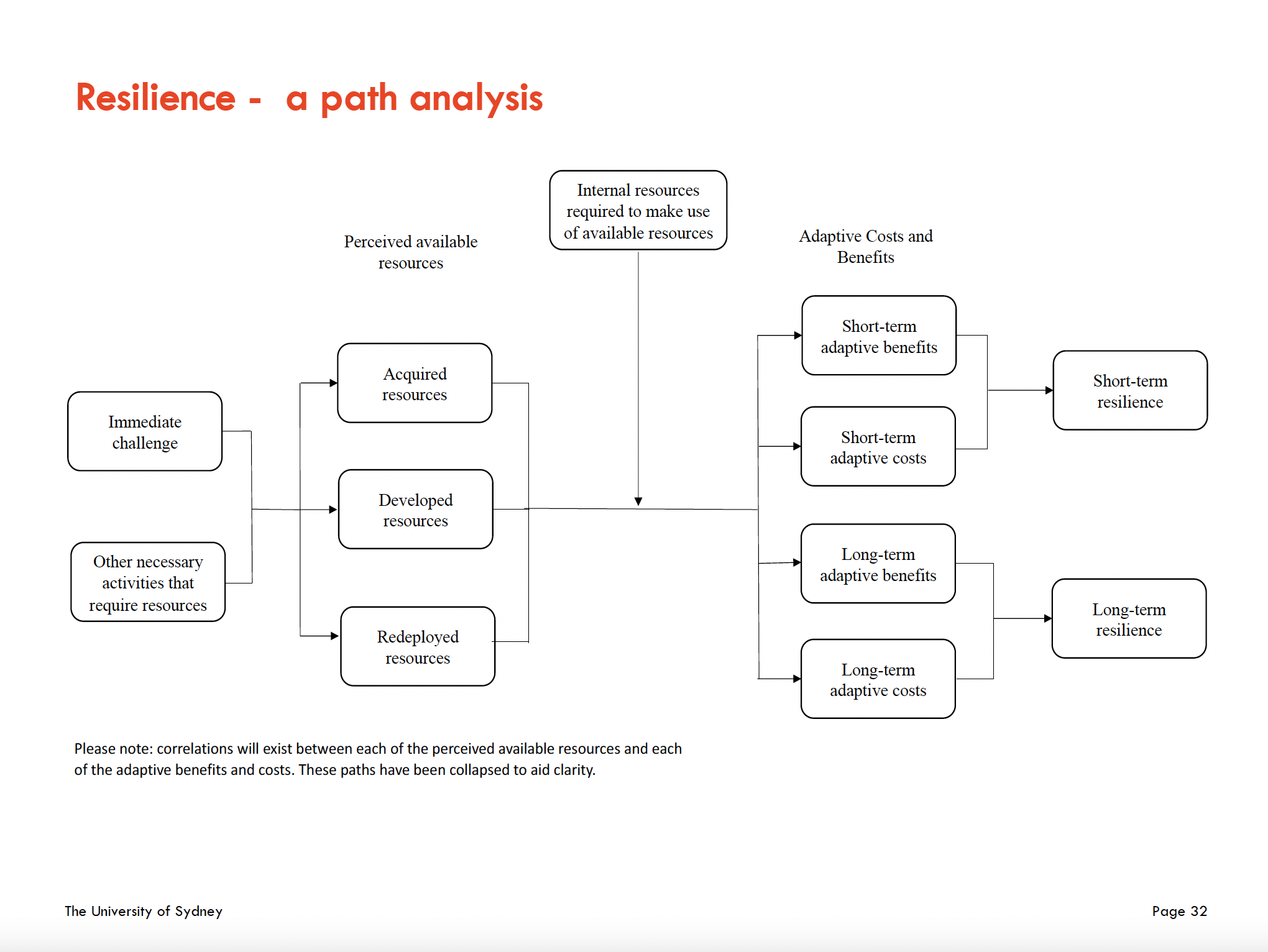
A Fresh Look at Resiliency in Medicine, Overview
We all know that the term and concept of resilience have felt as if it's been used against physicians (and other healthcare workers) in recent years. The implication was that a lack of fortitude on behalf of physicians was the cause of burnout and moral injury. We all know that burnout is an occupational issue, not a mental health condition. And that moral injury is the result of feeling we have to practice in a way that goes against our core values.
Resilience is the ability to withstand or bounce back after challenging events. Only the resilient make it through pre-med, MCAT, interviews, medical school, more interviews, and the pressure cooker of residency! Studies demonstrate that physicians are some of the most resilient people and that a lack there of does NOT correlate with burnout.
That’s why I was so relieved when I listened to Michael Cavanagh, Ph.D., at Harvard’s Institute of Coaching in Leadership and Healthcare Conference in 2021. He’s a coach and clinical psychologist out of the University of Sydney. He gave a framework for understanding resilience as an organizational and systemic matter, not an individual one.
The burden doesn’t fall solely on the physician. He explained, “Building resilience is about building resource-full environments. And the internal capacities that help us access the external resources needed to face the whole set of challenges to be found in the context. “ He emphasized that our internal resources (personal resiliency) allow us to access the external resources to flex and acclimatize. If the system doesn't provide the necessary external resources, we cannot fully adapt.  Used with permission by Dr. Michael Cavanagh, University of Sydney
Used with permission by Dr. Michael Cavanagh, University of Sydney
I’m bringing this up because we, as physicians, need to embrace resiliency and enhance it to the best of our ability. We work in some incredibly stressful environments. Once we recognize injustice, we appropriately respond. Unfortunately, we often villainize words and concepts, lumping the whole set together and labeling them as bad - and that is what has happened to the concept of resiliency. Understandably, some physicians still have a visceral reaction to the word. But we don’t want to throw the baby out with the bathwater. We need to understand the systematic concept of resilience and look for where we have control. It's still a very important characteristic that we can enhance.
Let's define resiliency more fully: being in a resource-rich environment that allows you to bounce back and manage yourself after stressors while remaining in integrity with your values and priorities and remaining useful to those you care for. It's the whole system - what your organizational and personal resources are, your capacity/bandwidth to access those resources, and then your intentionality as a steward of those resources.
It's not a completely LEAN approach. It takes redundancy. I recently watched our wonderful residency team leadership instill this refreshing approach. There is now a senior resident assigned to admin/urgent same day clinic. They are allowed time to catch up on backlogs, prep for upcoming meetings, and see the most urgent of patients - AND this new position allows there to be a qualified backup that can be called in when the senior on an inpatient service or elsewhere with necessary patient care services is unexpectedly out with minimal disruption to our clinic patients and the resident themselves. Brilliant. This is a paradigm shift in GME where we stretch everyone thin to cover all the things. One domino falls, and it's chaos.
Dr. Kemia Serraf of Lodestar Trauma-Informed Coaching gives a beautiful analogy of a dam to this fuller understanding of resilience. Over the few weeks, I plan to break it down into bite-sized pieces to walk you through a self-evaluation. Below is the overview:
If we look at resilience being represented by a large reservoir that is situated, created even, by a dam such as the Hoover Dam, we recognize it's a dynamic process. The capacity and the water level correlate to your bandwidth, the ability to contribute, serve, and function best. Rivers flow into the reservoir to fill the water level. These are the resources you draw on – your organization's resources, your support system, and your physical, mental, social, emotional, spiritual, and financial resources. Each of us has individualized tributaries that affect the various rivers' flow. What fills your physical cup may be different from mine. There are also spillways that intentionally divert water out of our reservoir. This represents the energy exerted- the energy you put into various tasks. And as with any flawed human product, there are cracks in the dam. Fissures that our capacity escapes through unexpectedly - representing our energy drains that we don't recognize at first glance.. Another vital component in the analogy are the towers where spotters are on the lookout. They can see upstream issues, the water level, and downstream issues. These represent those people around us who know us best. They serve as an early warning system.
For now, know that true resiliency in medicine does not rely on you solely - like so many things - there is a shared responsibility. I look forward to walking through some reflective exercises using Dr. Serraf’s analogy over the next few weeks. Next week, we will look at the first two components.
Until then,
Have a joy-filled week! Tonya
To receive more resources, tips, stories, blogs and fun delivered to your email, sign up for my Weekend Reads.
Join Weekend Reads
Weekly insights, tips, and tools for physicians who want to thrive—plus a dash of fun.
We hate SPAM. We will never sell your information, for any reason.

